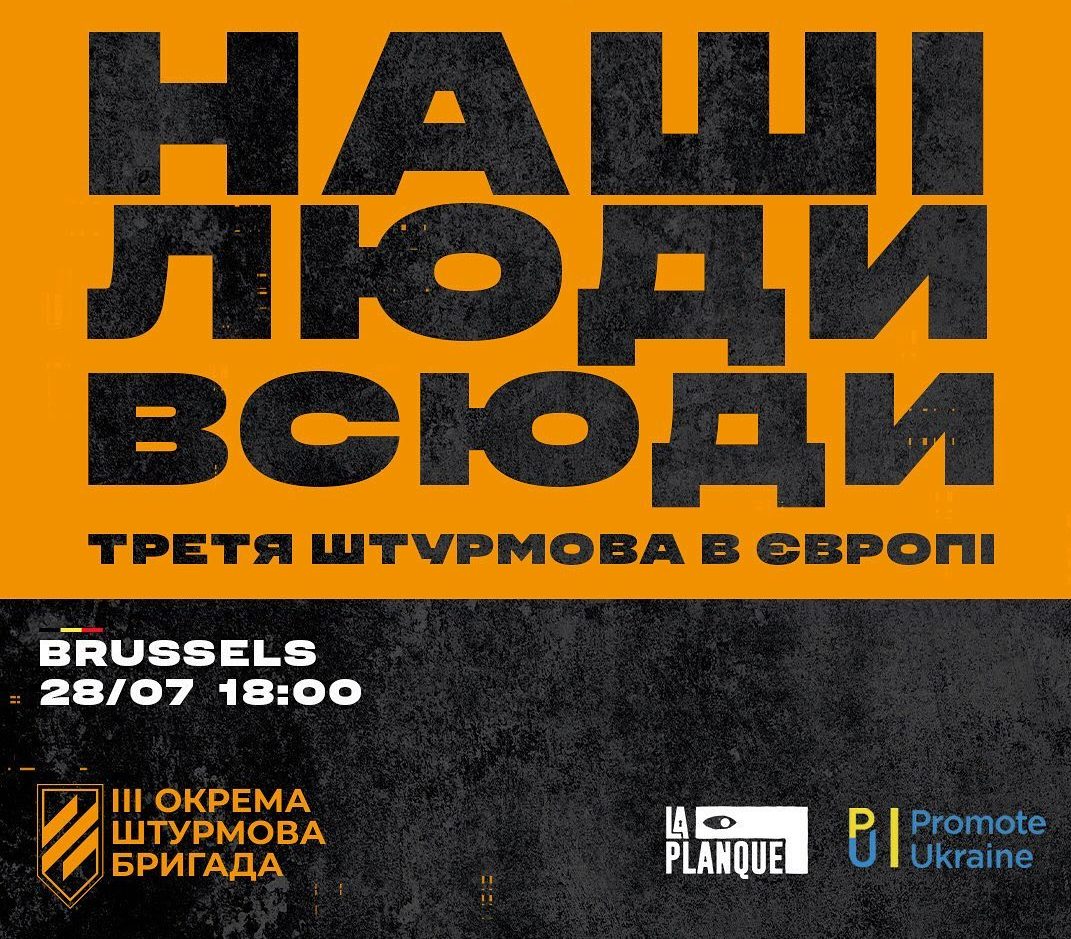It finally happened. The President of Ukraine approved the National Security Strategy of Ukraine. “Finally,” because this time the Strategy publication violated all possible deadlines. “The delay is getting obscene,” a NATO official told me in late June, whose representatives were also included in the working group to prepare the document.
The foreign partners claim that the National Security and Defence Council and the Institute for Strategic Studies told them that they had handed over the Strategy to the President’s Office in time and that they had been “conjuring” it for more than six months. Evil tongues claimed that the presidential office did not betray it because Russia was repeatedly called an aggressor, in it and this, knowing the aggressor’s verbal vulnerability, could hinder the constructive negotiations in Donbas.
Yes, or no, a broken deadline remains perhaps the only serious shortcoming of the Strategy. The document content is quite decent. All the fundamental issues are reflected, at least concerning my foreign policy and security parish, which I have been dealing with for the last 20 years. Moreover, some of the major issues, e.g. NATO membership, are defined much clearer than in the Strategy of 27 May 2015. If this document is about membership in both the EU and the Atlantic Alliance, the previous one clearly stated about EU membership, and twisted – about “creating the conditions for NATO membership.” Also, by the way, they said that such verbal “twisting” is the result of negotiations with Russia, with which Poroshenko had some hopes to make a deal.
At the moment we have: “Acquisition of Ukraine’s full membership in the European Union and the North Atlantic Treaty Organization is a strategic course of the state.” Agree, it’s nice to read such things, even if it’s just the text of a strategy that is not for sure to find its application in real life, as often happens in Ukraine.
The current Strategy somehow disarms Zelensky’s ardent critics, because, by my very superficial estimates, the word “aggression” against Russia is met at least eight times in the text, and the word “NATO,” 11 times. There have been repeated charges of illegal occupation and the North Atlantic Treaty Organization.
Other significant things are also fixed there, e.g. that OSCE member states, the EU, and NATO will continue to mediate the negotiations with Russia. That means that at least the authors of the document have an understanding – we do not need and cannot talk to Putin alone. There is a continuation of international lawsuits against the aggressor. There are correct theses about democratic civilian control over the armed forces. There is a clear classification of threats, in particular, from the Russian Federation special services, which “continue intelligence and subversive activities against Ukraine, try to fuel separatist sentiments, use organised criminal groups and corrupt officials, seek to strengthen the infrastructure of influence.”
And what I am particularly pleased about is that the Strategy contains a SEPARATE fixation of the intention to receive an invitation to implement the NATO Membership Action Plan in the coming years, a point that both I personally and our Centre have been actively advocating for recent years. It seems sometimes that the Strategy was prepared by the same authors as the previous one, though they received the opportunity to write more this time.
What has eroded a bit is the strategic partners’ gradation. It was strange, for example, to see Poland in the second category of strategic partners next to Azerbaijan, and Britain and France in the first league (a “trailer” for Germany, so as not to offend?). The “placement” of Belarus and Moldova in the category of those with whom we plan to develop an exclusively “pragmatic partnership” is ambiguous. Romania is not mentioned at all, although, in terms of security, it and Poland are the only western neighbours that Ukraine can rely on in terms of deterring Russian aggression.
Significantly, special attention is paid to corruption as a security challenge (American partners need to appreciate this.), though the latest trends around anti-corruption bodies immediately raise questions regarding the implementation perspective of the intentions, declared in the Strategy.
This question is reasonable. Any strategy always runs the risk of being left with a set of correct theses. And it’s not just about Ukraine. We do not know how comfortable the president feels with the Strategy content. And how much the state’s head in general delved into it. It is said that one of his core wishes was that the Strategy be written in normal-people speak. However, in this case, importantly, that all the parties who care about the Ukrainian state future (not the country, but the state) have another powerful hyperlink, which can be referred to as those who sometimes forget what our strategic course is and whom we consider being an aggressor.
P.S. – Tellingly, the Strategy was made public after negotiations between the “Normandy advisers.” Should this be taken as the fact that we are no longer afraid to verbally insult the Kremlin and complicate the negotiations because they already move in the wrong direction anyway? Is this some other signal to the Kremlin?
Alyona Hetmanchuk, Director of the “New Europe” Centre
Source: Ukrainian Pravda






 UA
UA FR
FR DE
DE




